This website uses cookies in order to provide you with the best possible user experience. Cookie information is stored in your browser and performs functions such as recognizing you when you return to the website and helping the team understand which sections of the website you find most interesting and useful.
BACKGROUND
E-Freight is an industry-wide program that aims to build an end-to-end paperless transportation process for air cargo made possible with a new regulatory framework, modern electronic messages and high quality of data. Initiated by IATA in 2006, the e-freight program became an industry-wide initiative involving carriers, freight forwarders, ground handlers, shippers, customs brokers and customs authorities.
The e-freight roadmap outlines a shared end-to-end industry approach with clear leadership roles, around three core components, or "pillars":
- Engaging regulators and governments worldwide to create an ‘e-freight route network’ with fully electronic customs procedures and, where regulations support, paperless shipments
- Working collaboratively within the cargo supply chain to digitize the core industry transport documents, starting with the Air Waybill (AWB)
- Developing a plan to digitize the commercial and special cargo documents typically accompanying airfreight today, in or outside of the ‘Cargo pouch’
BENEFITS
- Operational Efficiency: e-Freight brings operational efficiency through the reduction of the end-to-end processing time (up to 24h)Cost effectiveness: e-Freight brings cost effectiveness through the reduction of document processing and archiving costs
- Data Quality: e-Freight improves data quality and accuracy (e.g. auto-checks, mandatory fields,)
- Innovation: Standardization and digitization are key enablers for the development of new innovative services and solutions, thus increasing the value of the air freight to shippers (e.g. real time status update)
- Sustainability: e-Freight will eliminate more than 7,800 tons of paper documents annually, the equivalent of 80 Boeing 747 freighters filled with paper
- Regulatory compliance: e-Freight implementation facilitates compliance to international and local regulations (e.g. facilitate Advance Electronic Information (AEI) requirements for security purpose) May 2018 e-AWB industry target for 2018 In September 2017, the Cargo Committee endorsed an e-AWB industry target of 68% for 2018. The mission of IATA for the next two years is to lead and support the industry towards a global e-AWB penetration rate of 80%, a significant threshold where industry will be mature enough to pursue the penetration of e-AWB by itself.
STATUS AS OF MARCH 2018
The e-AWB network covers 66% of worldwide trade (the e-AWB network corresponds to locations where the legal framework has been created to allow an electronic contract of carriage)
The global e-AWB penetration reached 53.1% on the legally feasible trade lanes Key achievement in 2017 In order to address the e-AWB adoption challenges and to sustain the growth in the penetration rate, the following supporting initiatives have been achieved in 2017.
e-AWB implementation playbook: In December 2016, IATA published the e-AWB implementation playbook. This guidance material has been developed by IATA to support the adoption of e-AWB by airlines and forwarders, presenting the different steps to go through for a successful e-AWB implementation.
eAWBLink: Following successful completion of Pilot testing, IATA launched the new eAWBLink industry tool in November 2016. Designed specifically for small and medium sized forwarders, it is a simple, easy to use tool that will enable SME forwarders to do e-AWB and join the e-Cargo Community. 100+ customers from 25 countries already adopted the solution. More info on www.iata.org/eawblink
eAWB360: To help the industry accelerate e-AWB adoption, IATA launched eAWB360, an industry callto-action initiative, consisting of a series of coordinated industry communication and engagement activities aimed at encouraging airlines, freight forwarders and ground handlers to adopt e-AWB as well as building stakeholder readiness at selected airports. As of end of 2017 e-AWB360 is live at 37 high volume cargo airports supported by 31 leading e-AWB airlines.
e-AWB Global Standard Operating Procedures (SOP): At the end of 2017, a major revised version of the e-AWB Global SOP will be published which aims to describes the operational steps that stakeholders of the air cargo supply chain should follow when using e-AWB. This document should help to simplify the implementation of e-AWB and will progressively replace the existing SOP at airport level.
e-AWB adoption monitoring: IATA published a new report last year to monitor the e-AWB adoption at the airport level in particular (but not limited to) eAWB360 airports. The report, which comprises the 100 major e-AWB airports, is available here:
http://www.iata.org/whatwedo/cargo/e/eawb/Documents/IATA_eAWB_AirportOverview.pdf
https://www.iata.org/pressroom/facts_figures/fact_sheets/Documents/fact-sheet-e-freight-e-awb.pdf
Source: IATA /July 2018
Barcelona Air Route Development Committee
promotes Barcelona Airport intercontinental Flight





